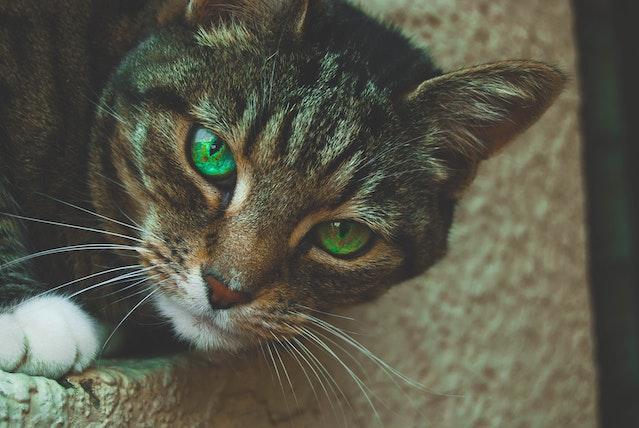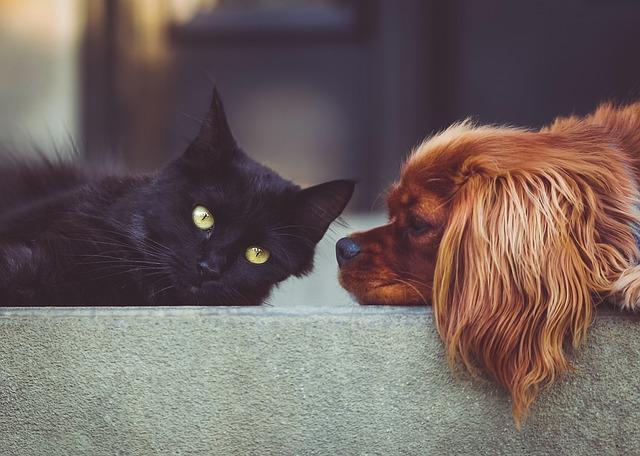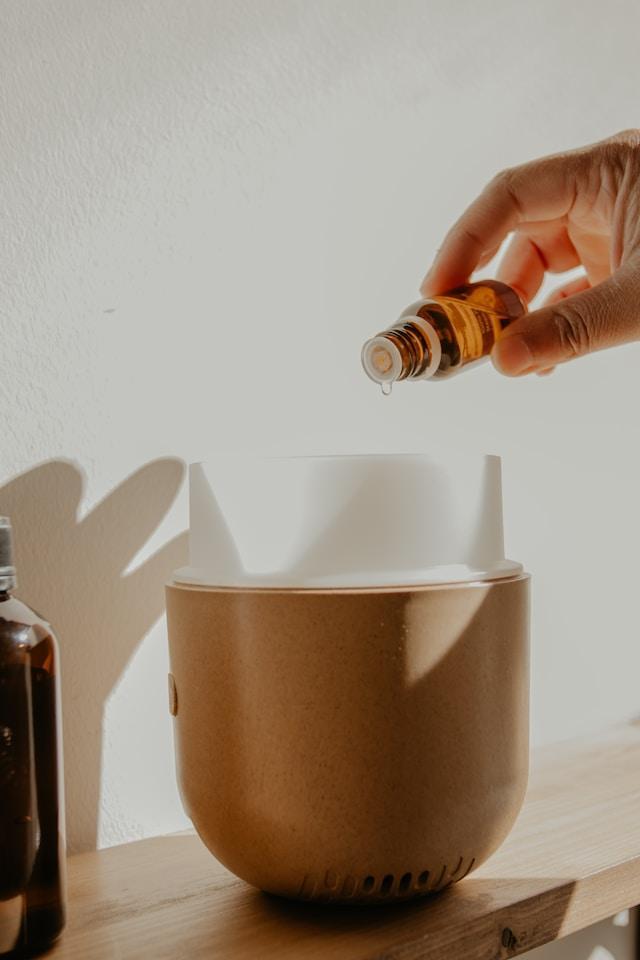
3 minute read
Chapter 4: Aromatherapy Techniques for Cats
Welcome to Chapter 4, where we'll explore the various aromatherapy techniques specifically tailored for our feline friends. Understanding how to safely and effectively use essential oils with cats is essential for their well-being. So, let's delve into the world of aromatherapy techniques and discover how to create a harmonious aromatic environment for your beloved cat!
4.1 Inhalation Methods for Cats
Advertisement
Inhalation is a gentle and effective way for cats to experience the benefits of essential oils. You can create a calming atmosphere by using a diffuser specifically designed for pets. Just remember to choose cat-safe oils and use them sparingly. Alternatively, you can create a cozy space for your cat by adding a few drops of diluted oil to a cloth or bedding in their favorite resting area. This allows them to inhale the aroma at their own pace.
4.2 Topical Applications and Dilutions
Topical application of essential oils can be beneficial for cats when done with care. It's important to always dilute essential oils in a carrier oil before applying them to your cat's skin. A safe dilution ratio is typically 1-2 drops of essential oil per ounce of carrier oil. Gentle massage on specific areas, such as the base of the tail or the paw pads, can help your cat experience the benefits. Remember to observe your cat closely and discontinue use if any signs of discomfort or adverse reactions occur
4.3 Diffusing Essential Oils
Safely Using a diffuser can create a pleasant and calming atmosphere for your cat. However, it's essential to choose a diffuser that is specifically designed for use with pets. Look for diffusers that offer a gentle and low-intensity mist. Ensure that the diffuser is placed in an area where your cat has the option to move away from the aroma if desired. Always choose cat-safe oils and use them sparingly to prevent overwhelming their sensitive noses.
4.4 Creating Personalized Blends for Cats
Creating personalized blends can be a fun and rewarding experience when using essential oils with cats. However, it's crucial to consider their unique sensitivities and preferences. Start by selecting cat-safe oils that address your cat's specific needs, such as calming or respiratory support. Gradually introduce the oils, observing your cat's response to ensure they are comfortable. Each cat is different, so finding the right blend may require some experimentation.
4.5 Monitoring and Assessing Feline Responses
When using essential oils with cats, monitoring their response is vital. Observe your cat closely for any signs of discomfort, irritation, or adverse reactions. If you notice any negative changes in behavior, respiratory distress, or excessive grooming, discontinue use of the oils immediately and seek veterinary guidance. It's important to respect your cat's individual preferences and comfort levels throughout the aromatherapy experience.
Chapter 5: Essential Oils to Avoid and Potential Hazards
Welcome to Chapter 5, where we'll explore essential oils to avoid and potential hazards when using them with your precious feline friend. While essential oils can offer numerous benefits, it's crucial to be aware of oils that can be toxic or harmful to cats. By understanding these potential risks, you can ensure the safety and well-being of your beloved companion. So, let's dive in and learn about essential oils to avoid!
5.1 Toxic Essential Oils for Cats
Certain essential oils contain compounds that can be toxic to cats due to their unique physiology These oils should be strictly avoided and not used in any form. Some examples of essential oils that are toxic to cats include tea tree oil, pennyroyal oil, cinnamon oil, clove oil, citrus oils (such as lemon, orange, and grapefruit), and wintergreen oil. These oils can cause adverse reactions ranging from skin irritations to more severe symptoms, including liver damage or even central nervous system depression.
5.2 Hazardous Substances and Dangers to Avoid
In addition to specific essential oils, there are other hazardous substances and dangers to be mindful of when using essential oils around cats. For instance, cats are sensitive to phenols, which are commonly found in many essential oils. Cleaning products, diffuser blends, or even personal care products that contain phenols should be kept away from cats. Also, avoid exposing your cat to concentrated essential oils or undiluted oils, as they can cause irritation or toxicity Always store essential oils securely and out of your cat's reach.
5.3 Safety Guidelines for Using Essential Oils with Cats
To ensure the safe use of essential oils with cats, it's important to follow some key safety guidelines: a. Consult with a veterinarian: Before using any essential oils with your cat, consult with a veterinarian who has knowledge and experience in essential oil usage with animals. They can provide personalized guidance based on your cat's health, age, and individual needs. b. Proper dilution: Always dilute essential oils properly before using them on or around your cat. A safe dilution ratio is typically 1-2 drops of essential oil per ounce of carrier oil or another dilution medium. c. Avoid direct application: Never apply undiluted essential oils directly to your cat's skin, as it can cause irritation or toxicity. Always use a properly diluted solution and observe your cat's response. d. Observe your cat's reaction: Every cat is unique, and their sensitivities may vary When introducing essential oils, observe your cat closely for any signs of discomfort, adverse reactions, or changes in behavior. If any negative symptoms occur, discontinue use immediately
5.4 Accidents oil ingests guidance.





